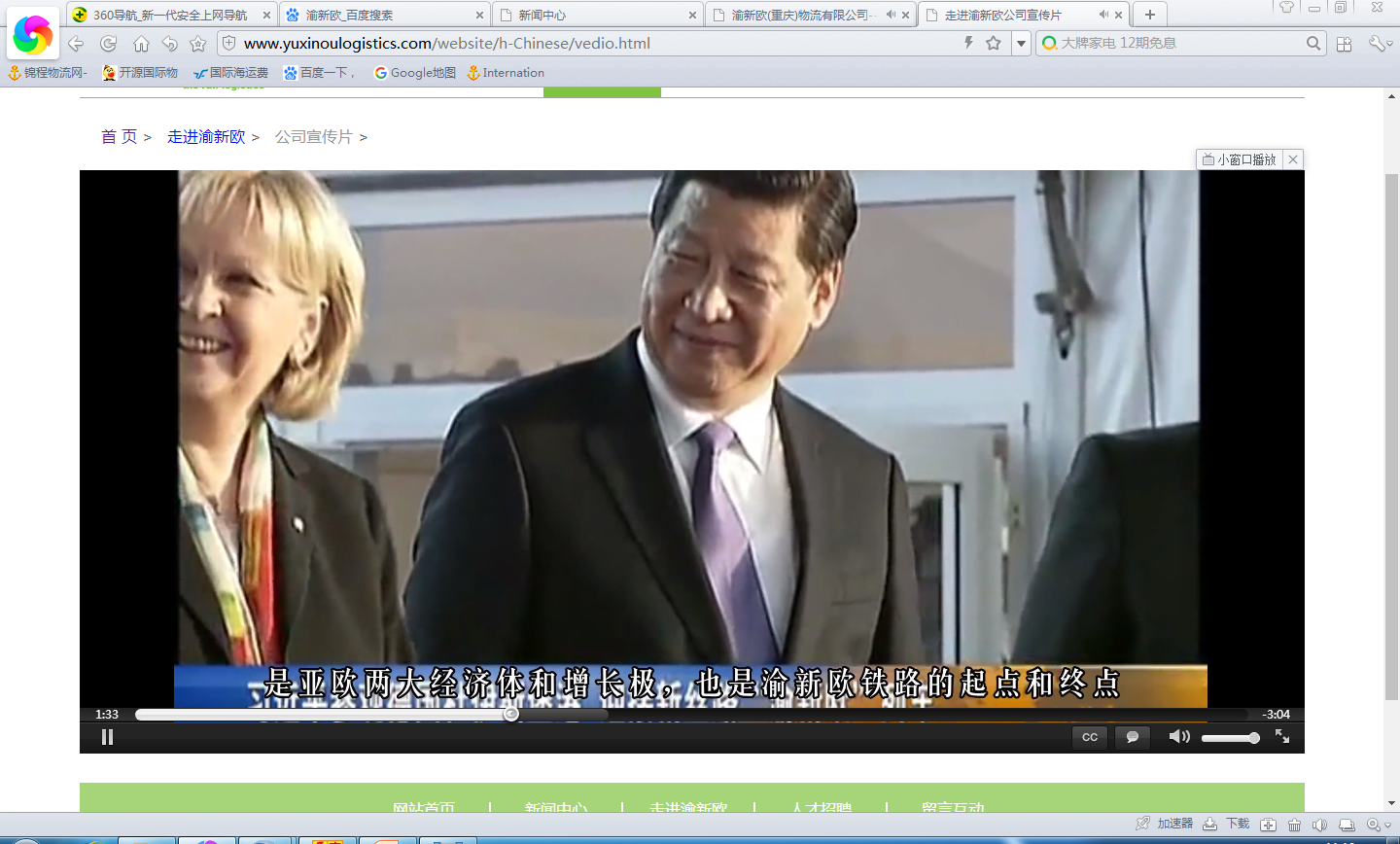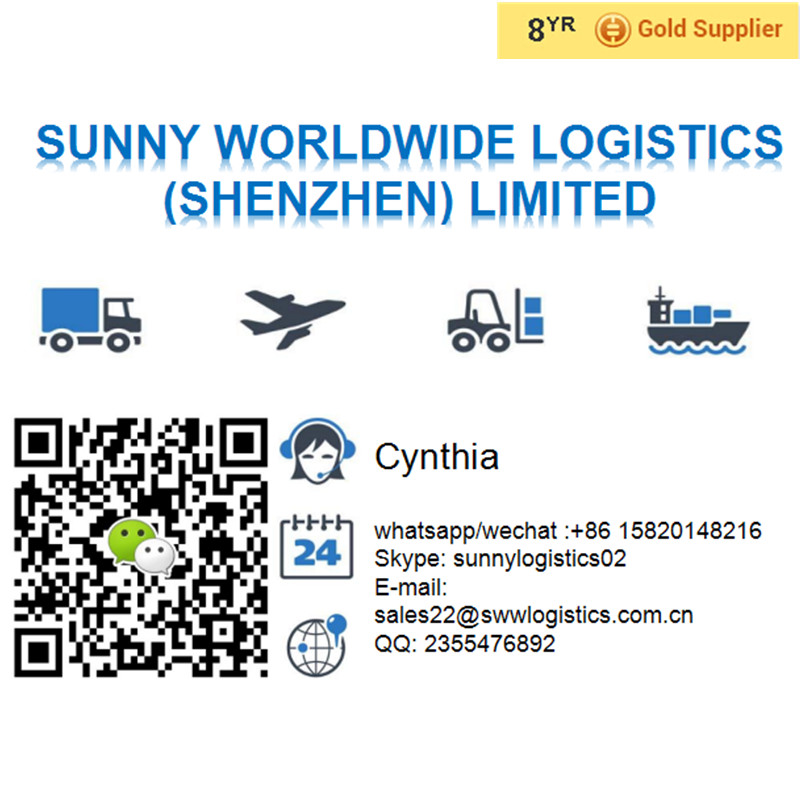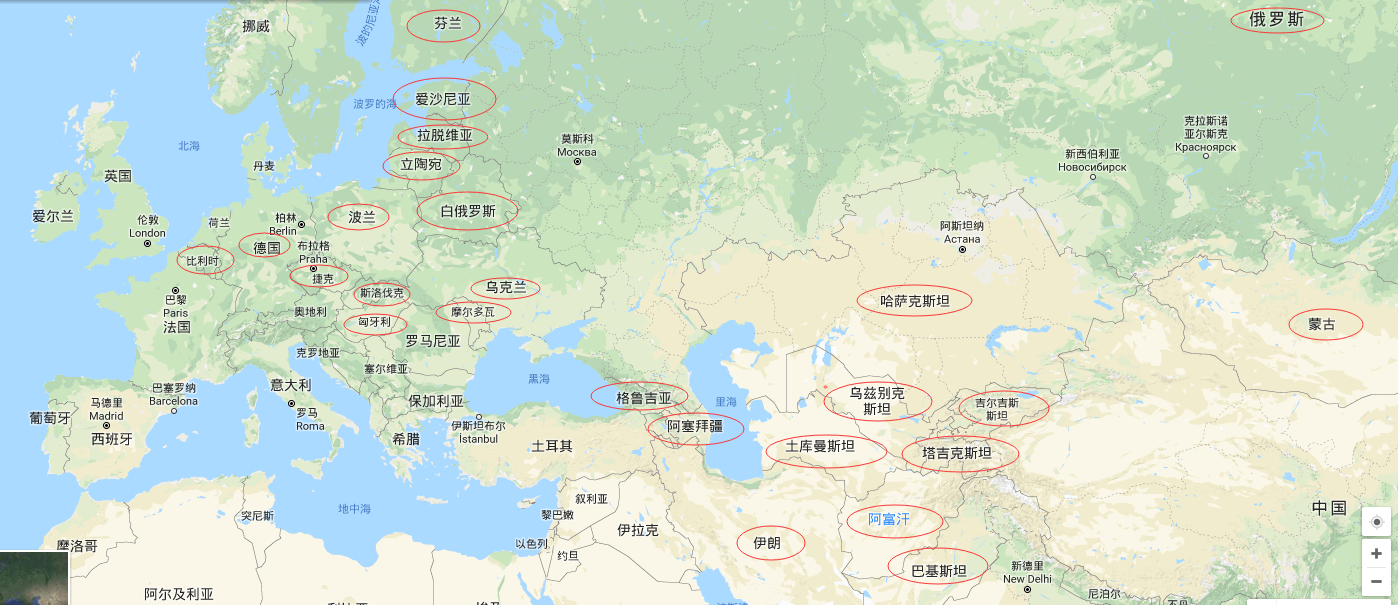What is the One Belt One Road and Railway Advantage?
- Author:Cynthia
- Source:Sunny Worldwide logistics
- Release Date:2018-06-06
In September and October of 2013, during the visits to Central Asia and Southeast Asian countries, Chinese President Xi Jinping put forward the major initiatives of jointly building the "Silk Road Economic Belt" and the "21st Century Maritime Silk Road", which have received great attention from the international community. . What exactly is the "One Belt and One Road" and what is the connection with our international logistics? Let Xiaobian introduce you.

International railway advantages


The "Silk Road" refers to the ancient trade routes that began in ancient China and connected Asia, Africa and Europe. The narrow Silk Road generally refers to the land-based Silk Road. In a broad sense, it is divided into the land Silk Road and the Maritime Silk Road. The Land Silk Road is an onshore commercial trade link between the hinterland of China and European lands. It was formed between the 2nd century BC and the 1st century AD and remained in use until the 16th century. It is an economy between the East and the West. The main road for exchanges between politics, culture and culture. Emperor Wu of the Han Dynasty dispatched Zhang Qi to form the basic road in the Western Region. It takes Chang'an in the Western Han Dynasty as its starting point (Luoyang in the Eastern Han Dynasty) and passes through the Hexi Corridor to Dunhuang. From Dunhuang, it is divided into North and South Roads: South Road from Dunhuang Jing Lou, Yuchao, and Shache, passing Greenery Pamir to Da Yueshi, and rests to the west, reaching Xizhi and Daqin; North Road from Dunhuang to Jiaohe and Turtle Zhai, Shule, through the onion ridge to Dawan, to the west by the rest to Daqin. Its initial role was to transport silk produced in ancient China. Therefore, when the German geographer Ferdinand Freiherr von Richthofen was first named the “Silk Road” in the 1870s, it was widely accepted.
New Silk Road connecting countries/cities
Russia: Moscow (Wolsino station), Irkutsk, Yekaterinburg, Omsk, Novosibirsk, St. Petersburg, Krasnoyarsk, Chelyabinsk, Rostov
Mongolia: Ulaanbaatar
Central Asia, etc.: Six Central Asian States - Kazakhstan (Almaty/Astana), Uzbekistan (Tashkent),
Turkmenistan (Ashgabat), Kyrgyzstan (Bishkek),
Tajikistan (Dushanbe), Afghanistan (Haladen)
CIS regions - Belarus (Minsk), Ukraine, Moldova, Georgia,
Armenia (Yelvin), Azerbaijan (Baku)
Baltic countries - Estonia (Tallinn), Latvia (Riga), Lithuania
North Korea/Vietnam/Middle East/Pakistan: North Korea, Vietnam (Hanoi/Ho Chi Minh), Iran (Tehran), Pakistan (Islamabad)
Europe: Germany (Hamburg/Duisberg/Nuremberg), Poland (Marasevich/Warsaw/Rhodes), Belgium (Zebrugge), Hungary (Budapest), Czech Republic (Prague), Slovakia (Bula) (Disra), Netherlands (Tilburg), Finland (Helsinki), France (Durges/Lyon), Spain (Madrid)

Russia: Moscow (Wolsino station), Irkutsk, Yekaterinburg, Omsk, Novosibirsk, St. Petersburg, Krasnoyarsk, Chelyabinsk, Rostov
Mongolia: Ulaanbaatar
Central Asia, etc.: Six Central Asian States - Kazakhstan (Almaty/Astana), Uzbekistan (Tashkent),
Turkmenistan (Ashgabat), Kyrgyzstan (Bishkek),
Tajikistan (Dushanbe), Afghanistan (Haladen)
CIS regions - Belarus (Minsk), Ukraine, Moldova, Georgia,
Armenia (Yelvin), Azerbaijan (Baku)
Baltic countries - Estonia (Tallinn), Latvia (Riga), Lithuania
North Korea/Vietnam/Middle East/Pakistan: North Korea, Vietnam (Hanoi/Ho Chi Minh), Iran (Tehran), Pakistan (Islamabad)
Europe: Germany (Hamburg/Duisberg/Nuremberg), Poland (Marasevich/Warsaw/Rhodes), Belgium (Zebrugge), Hungary (Budapest), Czech Republic (Prague), Slovakia (Bula) (Disra), Netherlands (Tilburg), Finland (Helsinki), France (Durges/Lyon), Spain (Madrid)

International railway advantages
Time advantage: 15 days to reach Hamburg, Germany, fixed once or twice a week, and then immediately delivered to European countries. Because Hamburg is located in the hinterland of Europe, the logistics system is perfect, and it basically arrives within one to three days in Europe. It is half the time compared to sea time, and it can be compared with part of air transit routes.
Price advantage: According to the volume charge, the minimum charge unit is one cubic meter, and the excess part is charged according to the actual cubic number. The comprehensive price is only 1/5 to 1/4 of the air freight.
It is suitable for quality and value, but it requires more urgent goods.
Price advantage: According to the volume charge, the minimum charge unit is one cubic meter, and the excess part is charged according to the actual cubic number. The comprehensive price is only 1/5 to 1/4 of the air freight.
It is suitable for quality and value, but it requires more urgent goods.
If you need to inquire about the transportation of the railway, please contact Hongda Logistics

